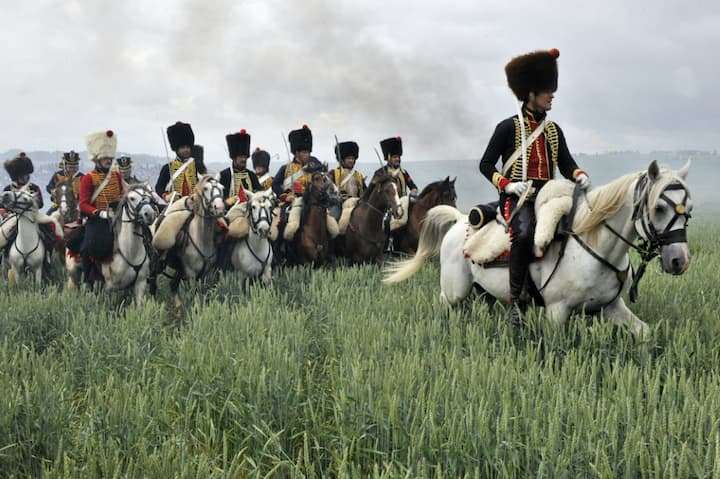A British-led archaeological dig has uncovered new human bones at the site of the Battle of Waterloo in Belgium.
Historians estimate that more than 20,000 soldiers were killed at Waterloo, 20 kilometres (12 miles) south of Brussels, on June 18, 1815 when mainly Anglo-Dutch allied troops commanded by the Duke of Wellington defeated French battalions led by Napoleon Bonaparte.
It was one of the worst armed confrontations in history and crushed Napoleon’s dreams of a great empire. Tens of thousands of soldiers were also wounded. The discovery of new bones was made last week around the Mont St Jean farm, where Wellington set up the main allied field hospital at the time.
“We have what looks like a complete human skeleton and, next to that, it’s another amputated leg,” said Tony Pollard, a professor at Glasgow University and one of the mission’s directors.
“We don’t know whether that person was killed in a battle and the body brought here… or whether it was a patient who died in the hospital. On Napoleonic battlefields, this sort of very old deposit is incredibly rare. We have been working here since 2015 and this is the first time we’ve encountered a great pit”.
Tony Pollard
“Only one complete skeleton has been excavated from the battlefield, and it was when they were building the museum”, the British archaeologist added.
The excavation project, which includes archaeologists, students, military personnel and veterans, was launched in 2015 to mark the bicentenary of the battle.
In 2019, they discovered remains of three amputated legs at the site. The dig was then interrupted due to the coronavirus pandemic. Eva Collignon, a Belgian archaeologist, said the latest bones discovered were probably gathered “in a hurry” in a ditch near the field hospital because the number of victims were so high.
Remains of 8,000 Nazi war victims found in Poland
Meanwhile, a mass grave containing human ashes equivalent to 8,000 people was also discovered near a former Nazi concentration camp in Poland, the country’s Institute of National Remembrance disclosed on Wednesday, July 13, 2022.
The institute, which investigates crimes committed during the Nazi occupation of Poland and the communist era, said the remains were unearthed near the Soldau concentration camp, now known as Dzialdowo, north of Warsaw.
Nazi Germany built the camp when it occupied Poland during World War II, using it as a place of transit, internment and extermination for Jews, political opponents and members of the Polish political elite. Estimates have put the number of prisoners killed at Soldau at 30,000, but the true toll has never been established.
The grim discovery of around 17.5 tons (15,800 kilograms) of human ashes means it can be claimed that at least 8,000 people died there, according to investigator Tomasz Jankowski.
The estimate is based on the weight of the remains, with two kilograms roughly corresponding to one body.
The victims buried in the mass grave “were probably assassinated around 1939 and mostly belonged to the Polish elites,” Jankowski said.
In 1944, the Nazi authorities ordered Jewish prisoners to dig up the bodies and burn them to wipe out evidence of war crimes. Andrzej Ossowski, a genetics researcher at the Pomeranian Medical University, told reporters that samples of the ashes had been taken and would be studied in a laboratory.
“We can carry out DNA analysis, which will allow us to find out more about the identity of the victims,” he added, following similar studies at former Nazi camps at Sobibor and Treblinka.
READ ALSO: Africa Witnesses 63% Jump In Diseases Spread From Animals To People In Last Decade



















